SOURCE: AFI
Hindustan Aeronautics Limited (HAL), in partnership with Edgewood Ventures LLC, USA, and Edgewood Technologies Private Limited, Bangalore, India, has established HAL-Edgewood Technologies Private Limited (HETL). This joint venture company is dedicated to developing cutting-edge Mission Computers for Military Aviation and Aircraft.
HETL’s focus lies in the design, development, manufacture, and promotion of high-tech projects and products within the fields of electronics, software, hardware, and aeronautical systems. The company’s expertise extends to aviation, aerospace, and satellite projects, ensuring the development of advanced solutions for critical military applications.
Continue readingSOURCE: AFI

3rdiTech, a leading provider of custom chips and imaging solutions, has achieved a significant milestone with its award of the Army Design Bureau’s Award of Excellence for its low-light imaging sensors. This recognition underscores the company’s expertise in developing innovative and high-performance solutions for intelligence, surveillance, and reconnaissance (ISR) applications.
3rdiTech specializes in crafting application-specific integrated circuits (ASICs) tailored to meet the specific requirements of ISR systems. Their products find applications in various sectors, including aerospace, automotive, and defense, with collaborations spanning from the military to the Indian Space Research Organization (ISRO).
Continue readingSOURCE: IDRW.ORG
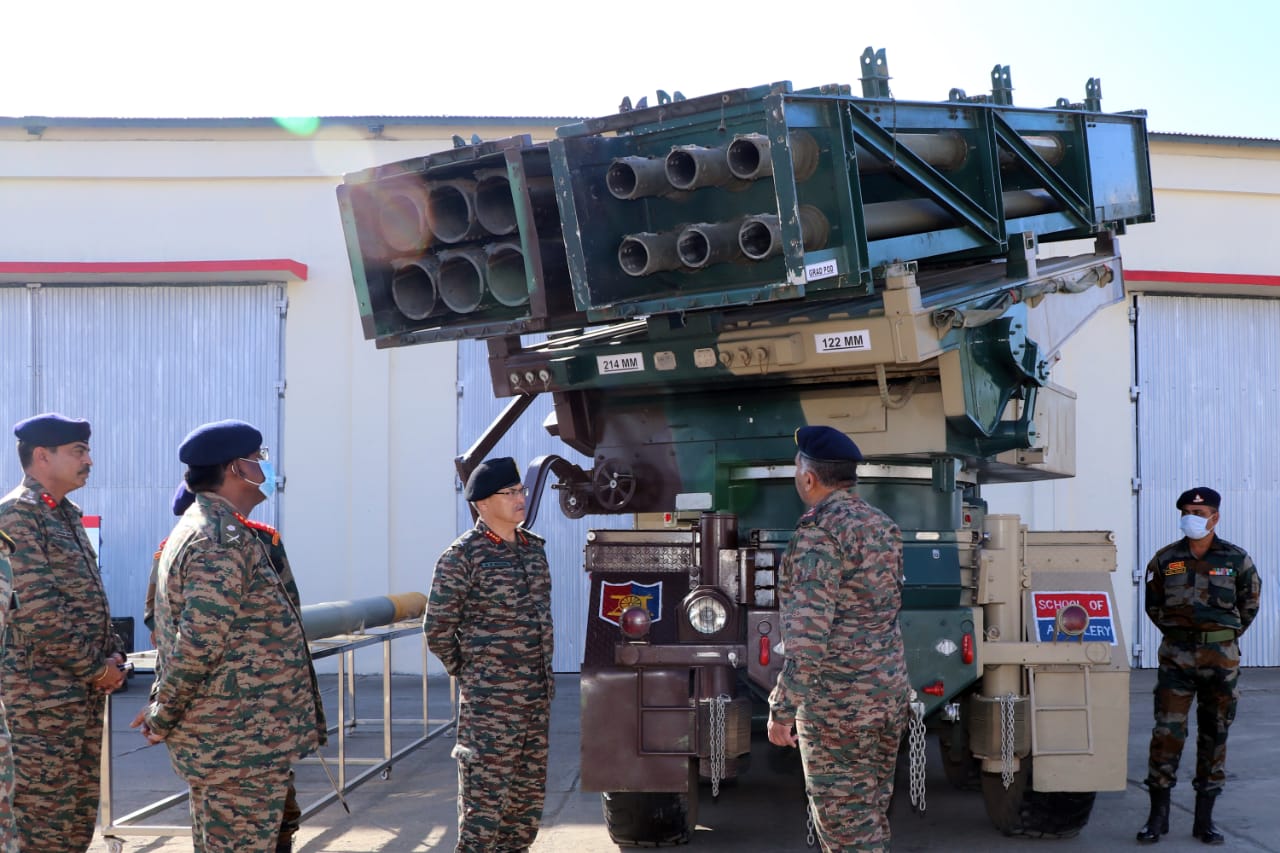
The Indian Army has initiated a strategic move to acquire and develop a cutting-edge Multi Barrel Loiter Munition (MBLM) System, a next-generation unmanned aerial platform designed to enhance its precision strike capabilities. Loiter munitions (LM), often referred to as “kamikaze drones,” are pre-fitted with warheads and can loiter over a designated target area, striking with pinpoint accuracy upon confirmation. This advanced system offers a tactical advantage by eliminating the need for additional personnel and allowing for mass deployment in battlefield conditions.
Loiter munitions represent a significant leap forward in modern warfare. Unlike traditional artillery or missile systems, these munitions can hover or loiter in the air over potential targets, gathering real-time intelligence before delivering a precise strike by crashing into the target. This ability to sense and strike dramatically improves the accuracy and effectiveness of the system, reducing collateral damage and ensuring high-value targets are neutralized.
Continue readingSOURCE: IDRW.ORG
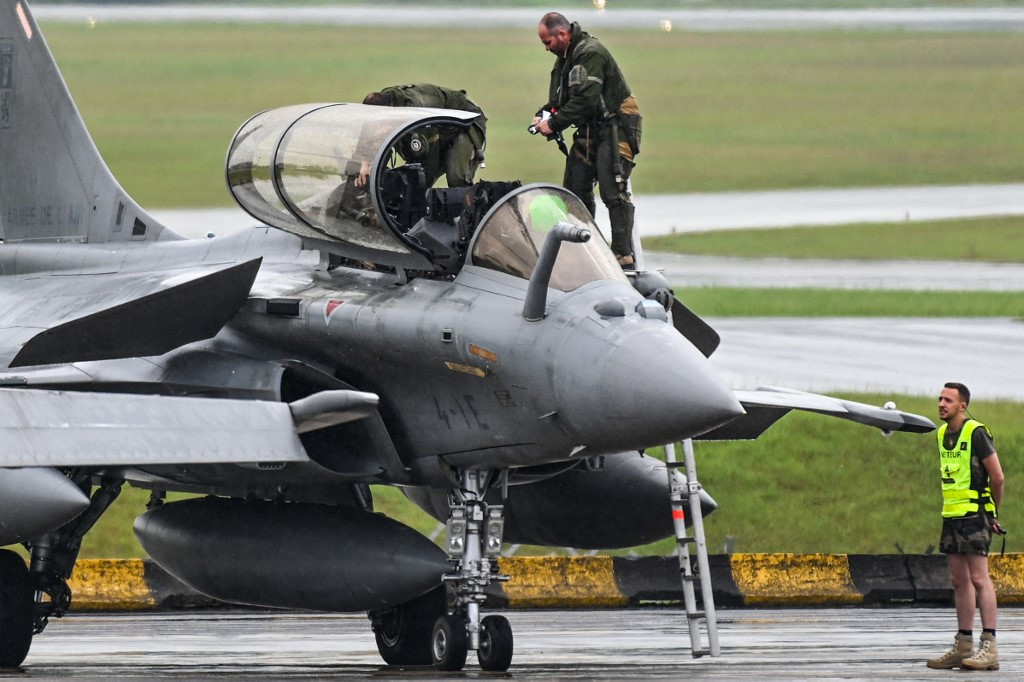
Recent claims from Dassault Aviation, the French aerospace giant, have drawn attention to the slow pace of its upgrade programs. Dassault has stated that it would take up to 8 years to replace the current RBE2 Active Phased Array Radar (RBE2 AESA) on the Rafale jets with India’s indigenously developed Uttam AESA radar, raising concerns over the speed of French aerospace projects. The announcement has brought back memories of the protracted Mirage-2000 upgrade program, which also faced delays and cost overruns.
Defence expert Ranesh Rajan, speaking to idrw.org, noted that this slow pace is not an isolated case. He recalled the lengthy process of upgrading 50 Mirage-2000 fighter jets of the Indian Air Force (IAF), a program that took over 8 years and became almost as expensive as purchasing brand new jets. According to Rajan, Dassault’s aerospace programs are notorious for their high costs and lengthy upgrade cycles, particularly when it comes to incorporating new technologies or configurations in their aircraft.
Continue readingSOURCE: AFI

India is at a critical juncture in its aerospace development with the Advanced Medium Combat Aircraft (AMCA) program, which aims to develop a fifth-generation indigenous fighter jet. The project demands advanced technology, especially in propulsion systems. While India has successfully partnered with General Electric to procure the GE F-414 engines for its Tejas Mk2 and initial AMCA prototypes, a long-term solution for an indigenous engine for the AMCA is still lacking.
In this context, India might have missed a significant opportunity by not negotiating with Russia for the local development of a low-thrust variant of the AL-51F1 engine, formerly known as the “Izdelie 30”, which powers Russia’s Su-57 Felon fighter jets. The AL-51F1 engine has been hailed as a technological marvel, offering unprecedented capabilities that could have been adapted for India’s next-generation fighter jets.
Continue readingSOURCE: AFI

The Cabinet Committee on Security (CCS), chaired by Prime Minister Narendra Modi, has approved the third phase of India’s Space-Based Surveillance (SBS) mission, a critical step toward enhancing the country’s land and maritime domain awareness. This initiative, aimed at both civilian and military applications, will significantly bolster India’s surveillance capabilities, allowing for greater monitoring of both domestic and international activities across land and sea borders.
The ambitious proposal involves the launch of at least 52 satellites into low Earth orbit (LEO) and geostationary orbit (GEO). These satellites will serve a wide array of surveillance functions, including monitoring enemy movements and tracking infrastructure developments in regions of strategic interest to India. The total cost for this extensive surveillance program stands at ?26,968 crore.
Continue readingSOURCE: AFI

AeroArc, a leading robotics company based in New Delhi, has unveiled its new covert unmanned aerial vehicle (UAV) platform, the Trishul X. This cutting-edge drone is designed to provide soldiers with superior tactical awareness and operational efficiency while minimizing cognitive load.
Following the successful delivery of 700 Trinetra D drones to the Indian Army, AeroArc has developed the Trishul X as a locally produced version of the American Skydio X10. The Trishul X is equipped with a high-resolution thermal imager and up to a 64MP electro-optical camera, ensuring exceptional low-light performance. It offers an extended range, improved battery life, and enhanced resilience, making it a valuable asset for various military missions.
Continue readingSOURCE: AFI

Ratan Naval Tata, the chairman emeritus of Tata Sons and one of India’s most influential business leaders, passed away on Wednesday at the age of 86 at Mumbai’s Breach Candy Hospital. His death marks the end of an era for India’s business world, but his legacy in leadership, philanthropy, and nation-building remains unparalleled.
Tata was not just a business tycoon; he was a visionary who transformed the Tata Group into a global powerhouse while maintaining its deep commitment to social responsibility. Under his leadership, the group expanded its footprint in industries as diverse as steel, automotive, information technology, and aerospace, all the while upholding the values of trust and ethical business practices. His contributions went far beyond business, leaving an indelible mark on India’s industrial landscape and society at large.
Continue readingSOURCE: RAUNAK KUNDE / NEWS BEAT / IDRW.ORG

The Eurofighter Typhoon consortium has quietly intensified its campaign to secure the Indian Air Force’s (IAF) lucrative tender for 114 fighter jets under the Multi-Role Fighter Aircraft (MRFA) program. The consortium has reportedly raised concerns with the Indian Ministry of Defence (MoD) regarding Dassault Aviation’s ability to meet India’s price expectations and delivery timelines for its Rafale jets, which are also competing in the MRFA program.
According to MoD sources cited by idrw.org, Dassault has been facing difficulties scaling up its production of Rafale jets at its facility in France. The French company is expected to reach a production rate of only 24 jets annually by 2025, leading to questions about whether Dassault can meet the stringent delivery schedule outlined by India. Furthermore, Dassault’s plans to produce Rafale jets at a new facility in India face complications. The company reportedly insists on full control over its Indian production plant, a condition that may not align with India’s expectations for technology transfer and local partnership under the “Make in India” initiative.
Continue readingSOURCE: RAUNAK KUNDE / NEWS BEAT / IDRW.ORG
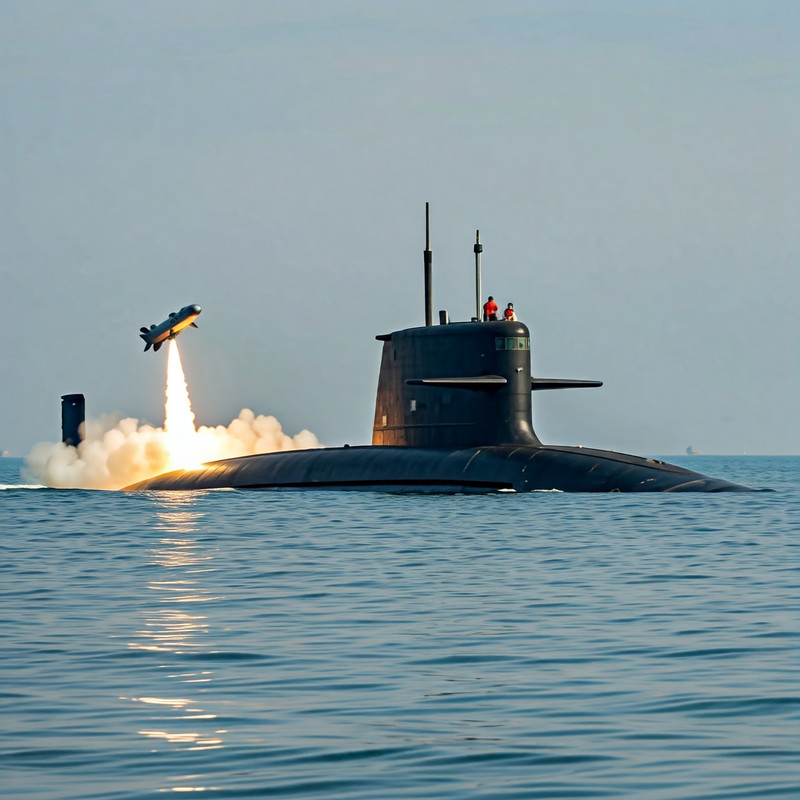
India’s quest for self-reliance in underwater warfare takes a significant leap forward with Project-76, a program aimed at developing next-generation, indigenous submarines equipped with a Vertical Launching System (VLS). This marks a major advancement in Indian naval capabilities, offering the potential to launch long-range land-attack and anti-ship cruise missiles, significantly enhancing offensive and defensive capabilities.
Project-76 submarines are being designed by the Warship Design Bureau (WDB) with a targeted displacement of 3,000 tons. This design choice offers greater submerged volume compared to previous classes, allowing for advanced features and increased operational flexibility.
Continue readingSOURCE: RAUNAK KUNDE / NEWS BEAT / IDRW.ORG

A senior Indian Air Force (IAF) official, speaking anonymously to idrw.org, has expressed a preference for private sector companies to be involved in the production of the fighter jet chosen in the upcoming MRFA (Multi-Role Fighter Aircraft) tender. This tender aims to acquire 114 fighter jets for the IAF.
The official cited Hindustan Aeronautics Limited (HAL), India’s state-owned aerospace company, as having a full workload. HAL is close to securing additional orders for 97 Tejas Mk1A fighter jets, on top of the 83 already ordered in 2021. Additionally, HAL is responsible for the Tejas MkII program, partnered with the 5.5th generation AMCA program, and will handle the production of the HTT-40 trainer aircraft. Plans also include the HLFT-42 supersonic trainer program.
Continue readingSOURCE: AFI
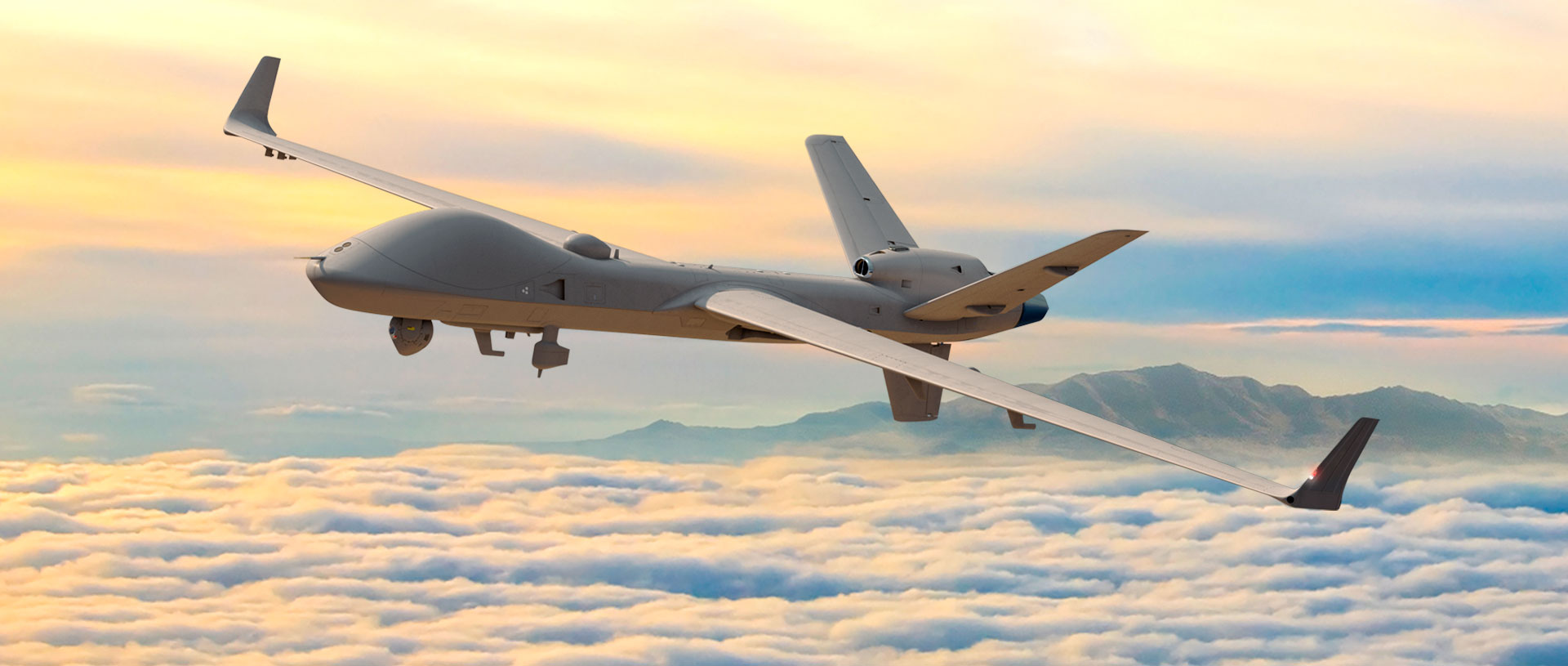
In a significant boost to its unmanned aerial capabilities, the Indian Armed Forces have received approval from the Cabinet Committee on Security (CCS) to procure 31 MQ-9B Unmanned Aerial Vehicles (UAVs) from the U.S.-based General Atomics. The deal, which has been under consideration for some time, is expected to be signed by the end of 2024, with initial deliveries slated for late 2027 or early 2028.
The MQ-9B UAV, an advanced and highly versatile drone platform, is renowned for its intelligence, surveillance, and reconnaissance (ISR) capabilities, as well as its strike potential. The Indian Navy, Army, and Air Force will be the primary recipients, marking a new chapter in India’s drive to modernize its defense forces with cutting-edge technology.
Continue readingSOURCE: AFI
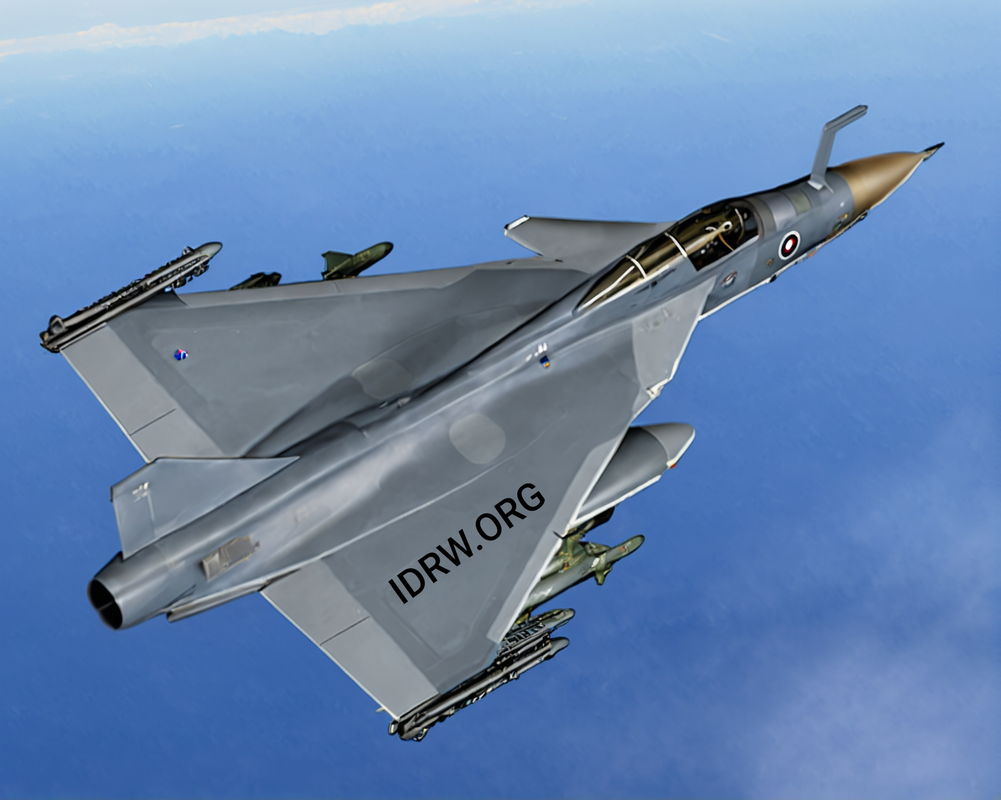
The Aeronautical Development Agency (ADA) is poised to initiate trials of the software-defined radio (SDR) technology that will be integrated into the Tejas MkII program. This marks a crucial milestone in the development of advanced communication capabilities for India’s indigenous fighter aircraft.
ADA has commenced testing two SDR units. One SDR will undergo rigorous environmental stress screening to ensure its resilience in demanding operating conditions. The other SDR will be subjected to safety of flight testing to verify its reliability and performance in real-world flight scenarios.
Continue readingSOURCE: AFI

Paras Anti-Drone Technologies, a subsidiary of Paras Defence and Space Technologies (Paras), has won the ADITI 1.0 Challenge for “Mobile Ground Station in S/X/Ka band for Transmitting and Receiving Data from Satellites”. The Scheme/Challenge was launched by Defence Innovation Organisation (DIO), under the Department of Defence Production (DDP) Ministry of Defence, Government of India as ADITI (Acing Development of Innovative Technologies with iDEX), a Scheme under iDEX for Promoting Innovations in Critical and Strategic Defence Technologies. As per the Scheme, Paras Anti-Drone Technologies is eligible for a grant amount upto 50% of the Product Development Budget (PDB), with a maximum limit of Rs. 25 crore.
The ADITI 1.0 Challenge was launched in April 2023 with the aim of identifying and supporting innovative defence technologies. Paras Anti-Drone Technologies was one of the 20 shortlisted companies from across India. The company’s Mobile Ground Station was selected as the winner based on its technical merit, commercial viability, and potential impact on national security.
Continue readingSOURCE: AFI
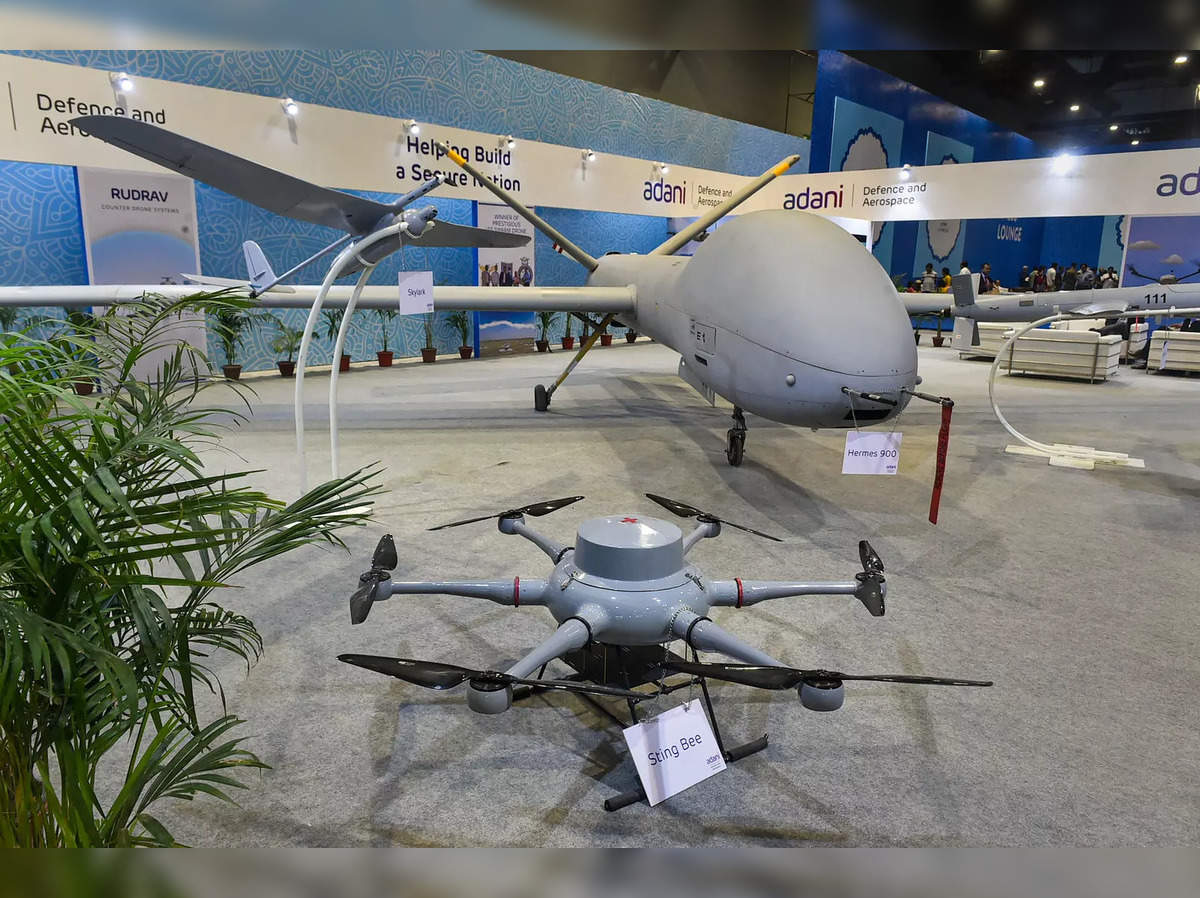
India is poised to achieve complete self-reliance in drone technology, according to R Shivaraman, co-founder of Big Bang Boom Solutions (BBBS), a leading defense startup. This significant development will enable the country to deploy both armed and unarmed Unmanned Aerial Vehicles (UAVs) for tactical missions and Intelligence, Surveillance, and Reconnaissance (ISR) purposes against its adversaries.
Shivaraman, who is also the Director and Chief Technology Officer of BBBS, highlighted the phenomenal growth of India’s drone industry in recent years. Over the past five years, approximately 50 drone manufacturers have entered the market, and orders are now steadily flowing into this burgeoning ecosystem.
Continue reading